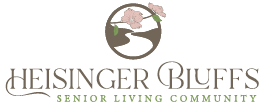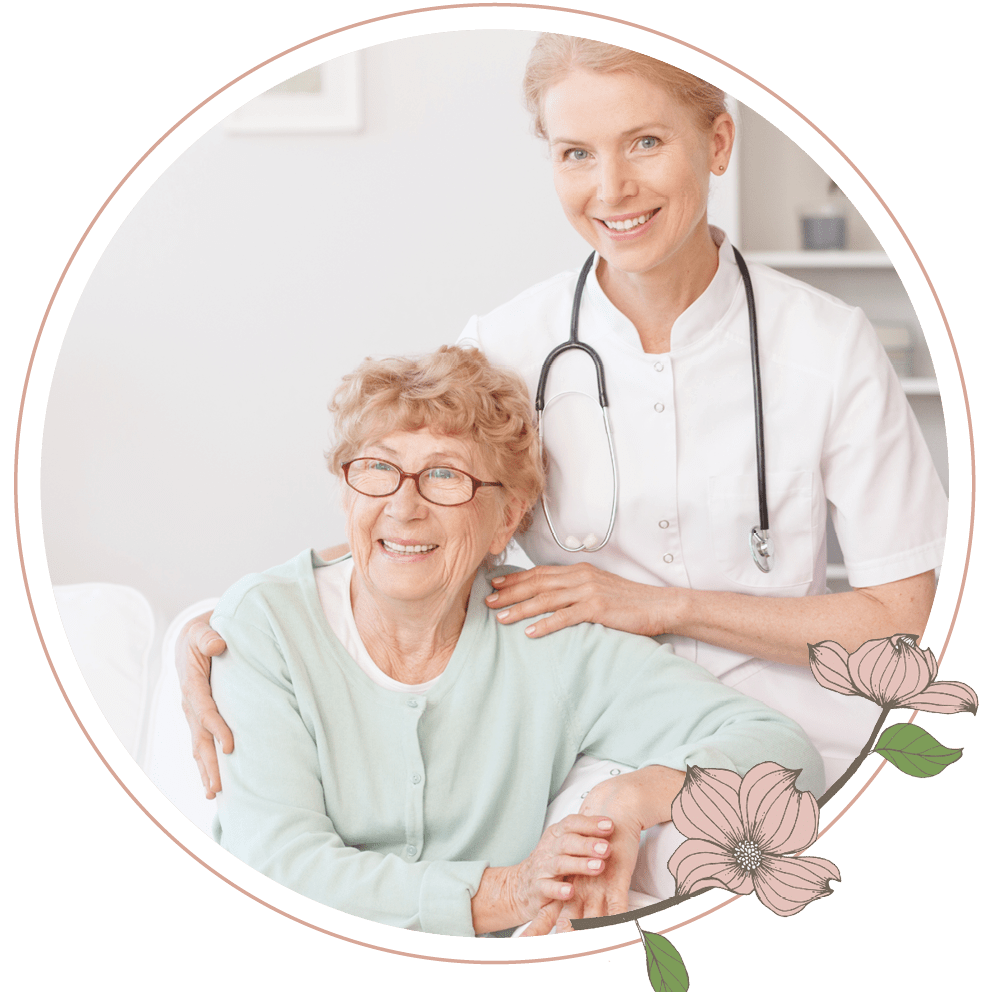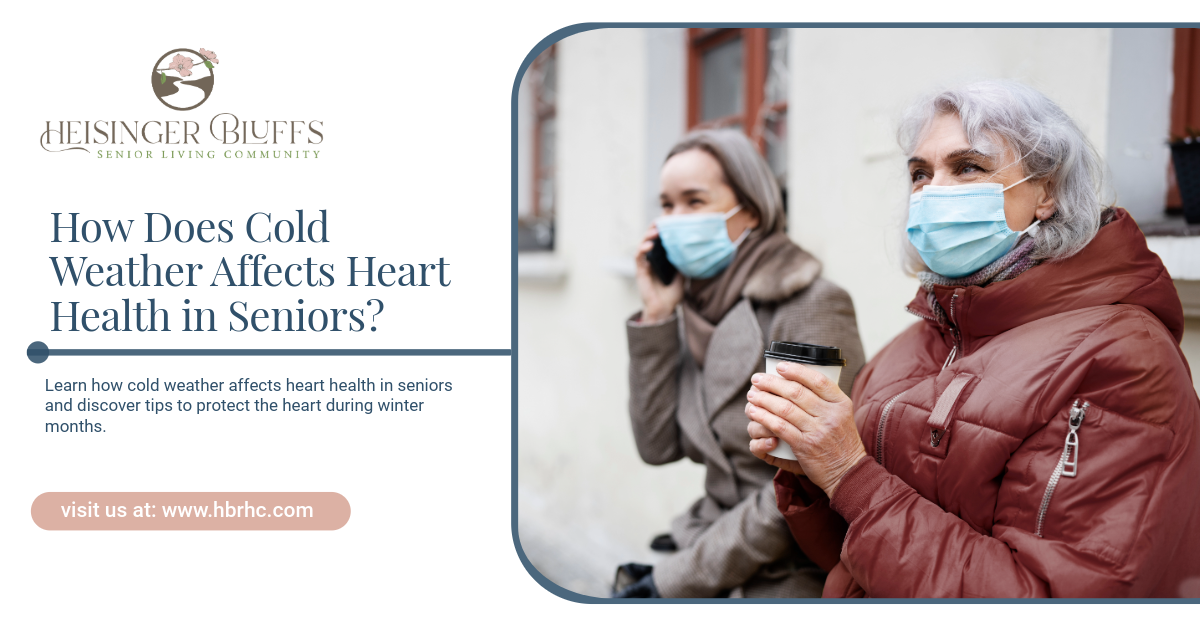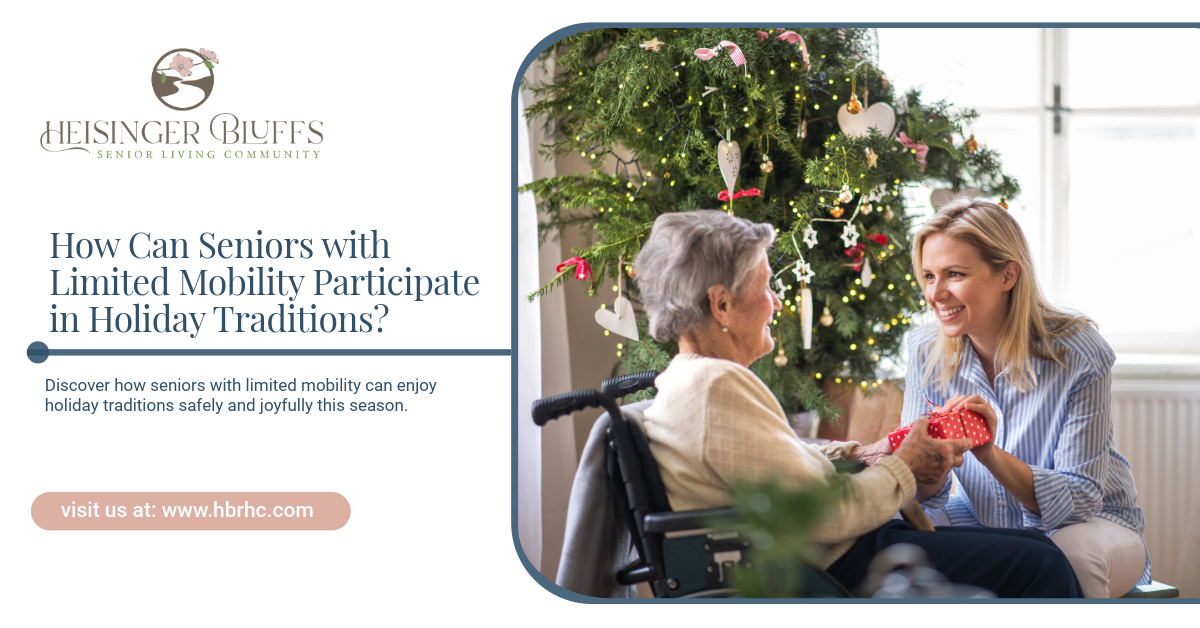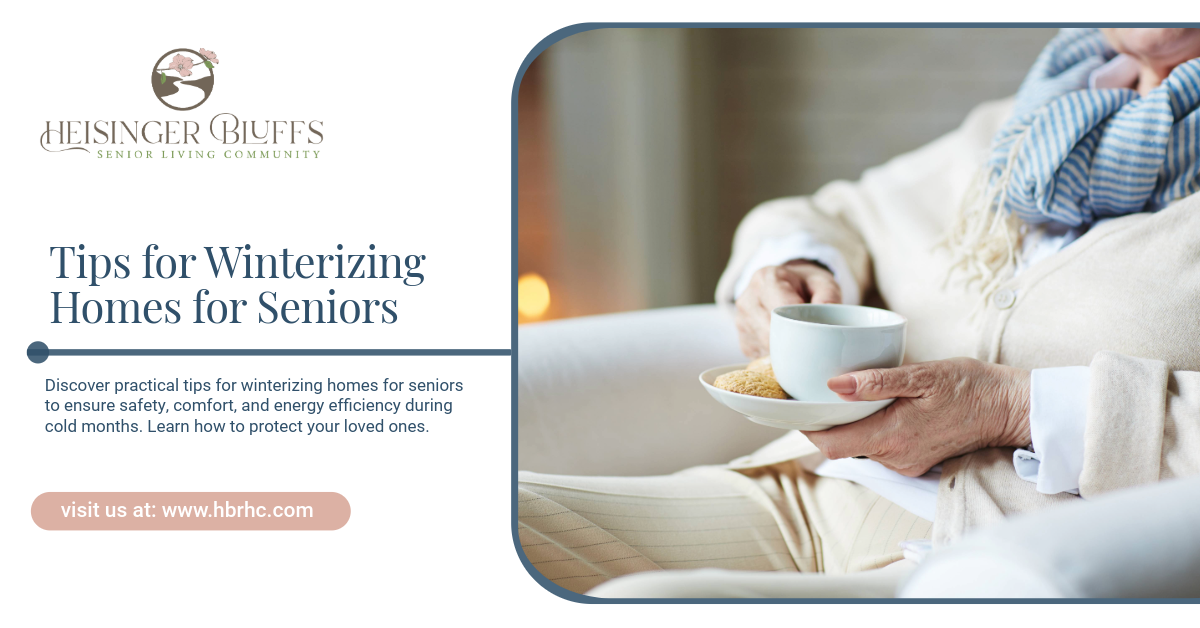Fall Prevention Strategies in Assisted Living Communities
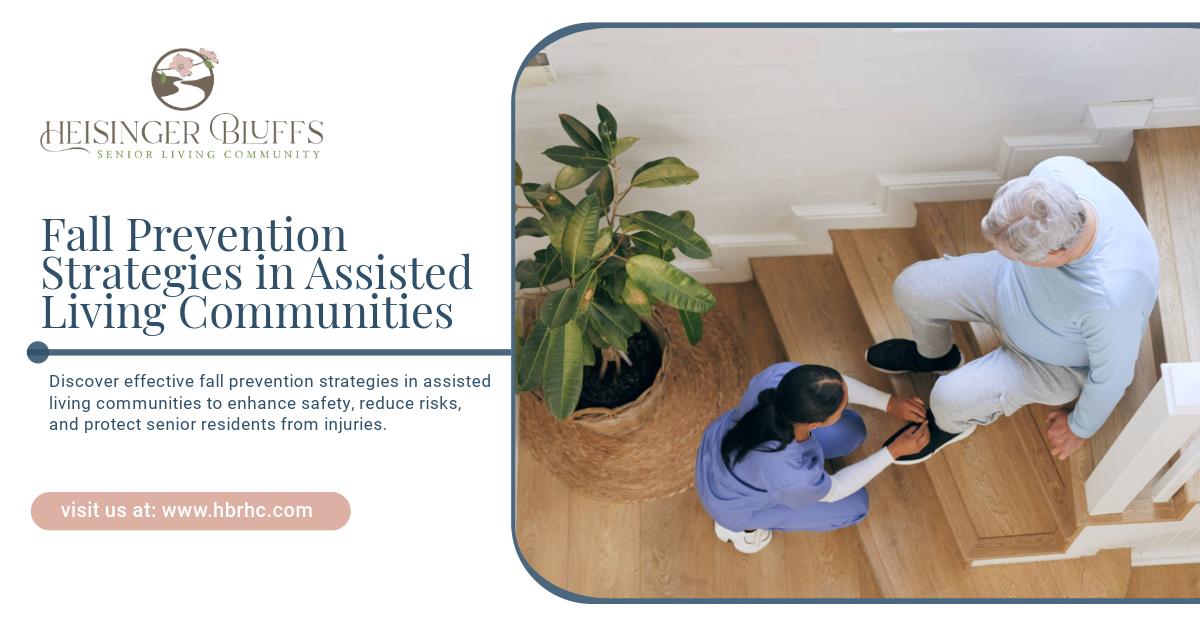
Falls are a significant concern for older adults, especially in assisted living communities where residents may have mobility challenges or health conditions that increase their risk. According to the CDC, falls are the leading cause of injury-related deaths among seniors, making prevention a top priority in senior care facilities. Assisted living communities implement various strategies to minimize fall risks and ensure the safety of residents. This article explores essential fall prevention strategies that help protect seniors from injury.
Why Fall Prevention is Crucial in Assisted Living
A single fall can lead to severe injuries, including fractures, head trauma, and a decline in overall health. For seniors, recovery from a fall can be lengthy and challenging, often resulting in reduced mobility and loss of independence. Fall prevention is vital to:
- Reduce hospitalizations and medical expenses
- Maintain residents' quality of life
- Promote independence and confidence in movement
- Prevent long-term disabilities or complications
By implementing proactive measures, assisted living communities can create a safer environment and enhance the well-being of their residents.
Environmental Modifications for Safety
One of the most effective ways to prevent falls is by creating a safe living environment. Assisted living communities make the following modifications to minimize hazards:
1. Adequate Lighting
- Hallways, staircases, and common areas should have bright, evenly distributed lighting.
- Motion-sensor lights can help residents navigate their rooms safely at night.
2. Non-Slip Flooring and Rugs
- Installing non-slip flooring materials reduces the risk of slipping.
- Removing loose rugs or securing them with anti-slip pads prevents tripping hazards.
3. Handrails and Grab Bars
- Handrails along hallways and staircases provide stability.
- Grab bars in bathrooms near toilets and showers help residents maintain balance.
4. Clutter-Free Spaces
- Ensuring clear pathways and removing unnecessary furniture can prevent tripping.
- Regular housekeeping services help keep spaces organized and safe.
Regular Exercise and Strength Training
Physical activity plays a crucial role in fall prevention by improving balance, strength, and coordination. Assisted living communities encourage residents to participate in:
1. Balance Exercises
- Tai Chi and yoga help improve stability and flexibility.
- Standing on one foot or heel-to-toe walking enhances balance.
2. Strength Training
- Resistance band exercises strengthen leg and core muscles.
- Chair exercises offer a safe way to build muscle without standing.
3. Mobility Assistance
- Walking programs help maintain mobility and endurance.
- Physical therapy may be recommended for residents with mobility issues.
Medication Management
Certain medications can increase the risk of falls due to side effects like dizziness, drowsiness, or low blood pressure. Assisted living communities implement medication management strategies, including:
- Regular medication reviews to identify high-risk drugs.
- Adjusting dosages or switching medications to minimize fall risks.
- Ensuring residents take medications as prescribed to avoid adverse effects.
Proper Footwear and Assistive Devices
Footwear plays a significant role in fall prevention. Residents are encouraged to:
- Wear non-slip, supportive shoes with a firm grip.
- Avoid high heels, loose slippers, or socks without traction.
Assistive devices such as walkers and canes are also crucial in preventing falls. Assisted living staff ensure that:
- Residents use properly fitted mobility aids.
- Devices are regularly checked for wear and tear.
- Training is provided on how to use assistive equipment safely.
Individualized Fall Risk Assessments
Each resident has unique needs and risks, making personalized fall risk assessments essential. Assisted living communities:
- Conduct assessments upon move-in and at regular intervals.
- Identify residents with a history of falls or balance issues.
- Develop personalized care plans with fall prevention strategies tailored to each resident’s needs.
Emergency Response and Monitoring Systems
Despite the best prevention efforts, falls can still happen. Quick response times can significantly reduce the severity of injuries. Assisted living communities utilize:
1. Emergency Call Systems
- Residents wear emergency call pendants or bracelets for immediate assistance.
- Call buttons are installed in high-risk areas like bathrooms and bedrooms.
2. 24/7 Staff Availability
- Trained caregivers are always on hand to assist residents.
- Frequent check-ins ensure residents are safe, especially those at high risk for falls.
3. Technology for Fall Detection
- Some communities use motion sensors or smart monitoring systems that detect falls.
- Automated alerts notify staff immediately if a resident falls.
Nutrition and Hydration
Proper nutrition supports muscle strength and bone health, reducing fall risks. Assisted living facilities promote:
- Diets rich in calcium and vitamin D for bone health.
- Hydration programs to prevent dizziness and low blood pressure.
- Regular meal planning to maintain energy levels and prevent weakness.
Staff Training and Family Involvement
Assisted living communities ensure their staff receives specialized training in fall prevention. Training includes:
- Recognizing early signs of fall risk.
- Safely assisting residents with mobility challenges.
- Educating residents and families on fall prevention strategies.
Family involvement is also crucial. Loved ones are encouraged to:
- Participate in fall prevention discussions.
- Assist in selecting safe footwear and clothing.
- Communicate concerns about their loved one’s mobility.
Final Thoughts
Fall prevention in assisted living communities requires a combination of environmental modifications, physical activity, medication management, and individualized care. By implementing these strategies, senior living communities can significantly reduce fall risks and enhance residents’ overall well-being.
At Heisinger Bluffs, we prioritize resident safety through comprehensive fall prevention programs, personalized care plans, and a secure environment. Contact us today to learn more about how we ensure the health and safety of our residents.
Frequently Asked Questions
What should I do if my loved one is at high risk for falls?
If your loved one is at high risk for falls, choose an assisted living community with personalized fall prevention strategies, regular assessments, and emergency response systems. Discuss their specific needs with the care team.
How can I help prevent falls in my senior parent’s living space?
Ensure their living space is free from clutter, provide proper lighting, install grab bars, and encourage them to wear non-slip footwear. You can also work with their assisted living community to implement additional safety measures.
Do assisted living communities provide physical therapy for fall prevention?
Many assisted living communities offer physical therapy or exercise programs designed to improve strength, balance, and mobility, reducing the risk of falls. Check with the facility about available options.
Sources:
- https://www.cdc.gov/falls/about/index.html
- https://pmc.ncbi.nlm.nih.gov/articles/PMC7093636/
- https://pmc.ncbi.nlm.nih.gov/articles/PMC7466089/
- https://www.nytimes.com/2023/01/25/well/move/yoga-seniors.html
- https://www.ncoa.org/article/exercise-programs-that-promote-senior-fitness/
